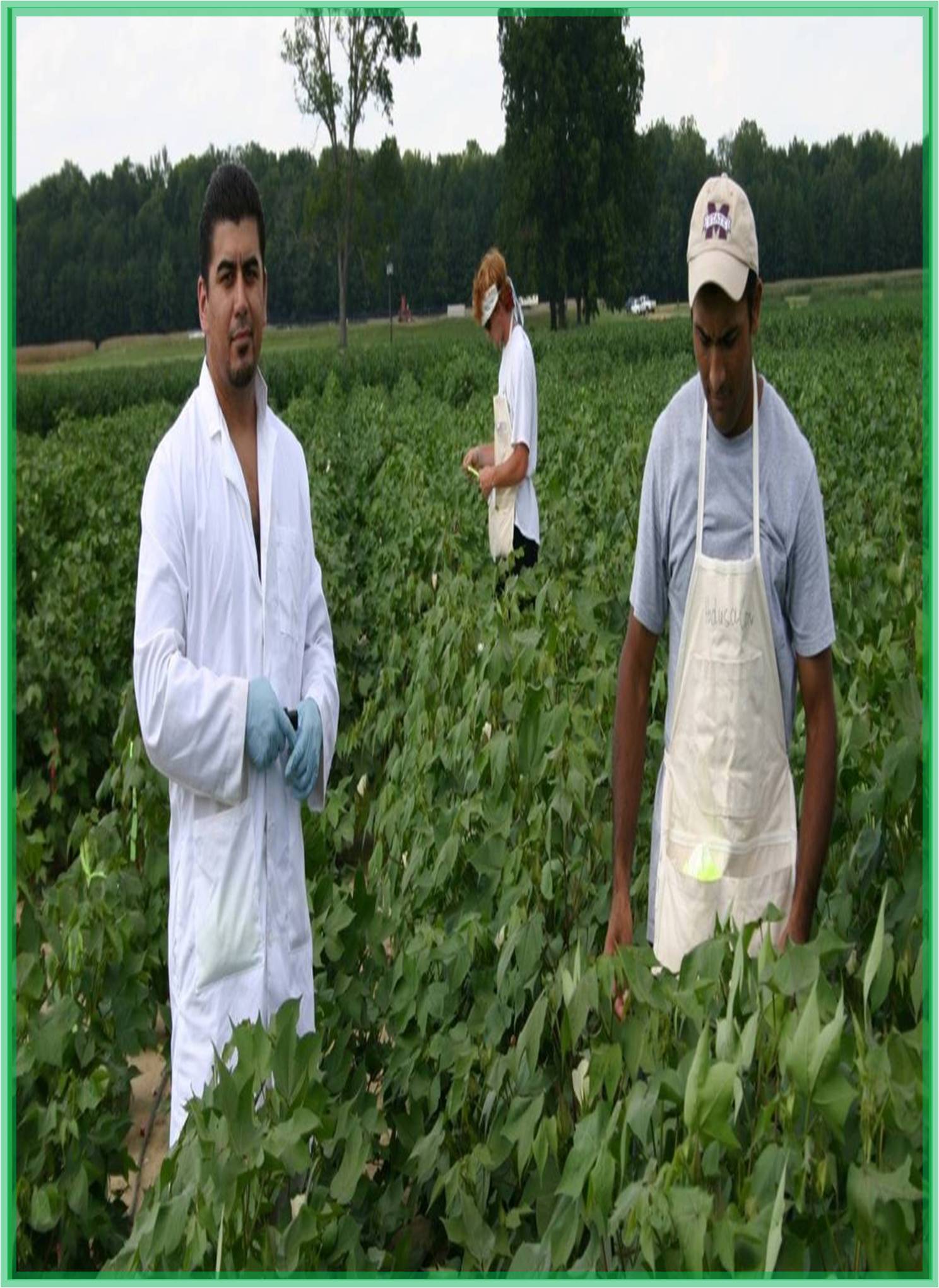



Received: 19-Apr-2022, Manuscript No. GJARR-22-61190; Editor assigned: 21-Apr-2022, Pre QC No. GJARR-22-61190(PQ); Reviewed: 05-May-2022, QC No. GJARR-22-61190; Revised: 20-Jun-2022, Manuscript No. GJARR-22-61190(R); Published: 27-Jun-2022, DOI: 10.15651/2437-1858.22.10.7
Hydroponics is a kind of horticulture and subset of hydroculture, which is usually applied to grow crops in absence of soil by using mineral nutrient solutions in aqueous solvents. Terrestrial and aquatic plants can grow with nutritious liquid. The roots can also be physically carried by an inert medium such as pearls, gravel, or other substrates. Despite the root medium, the roots may change the rhizosphere pH, and root exudes affects the biological basics of the rhizosphere, affecting the physiological balance of the nutrient solution of secondary metabolites.
Nutrients used in hydroponic systems can come from many different sources including fish excreta, ducks manure, purchased chemical fertilizers or artificial nutrients.
Plants that is hydroponically cultivated in the greenhouse, in inert media. In the greenhouse will serve as a model organism of plant science and genetics, with salads for use in tomato, pepper, cucumber, strawberry, salad, commercial, and Arabidopsis thaliana.
Hydroponics provides many advantages, especially water consumption in agriculture. To grow 1 kilogram tomato in a fierce agricultural method, 400 litres of water and 70 litres are required for hydroponic cultivation. Because hydroponic drugs need much less water to grow the products, it may be possible for people in severe environments to grow their food in the future.
Static Solution Culture
In static solution culture, plants in nutrient solution are built into containers such as glass mason jars, pots, buckets, baths or tanks. The solution is usually gently ventilated but may be not ventilated. Unless regulated, the level of solution is kept low because the lower roots are kept above the solution, so they obtain sufficient oxygen. Holes are drilled at the top of each system (or perforated) hole. If it is a glass or bath, it may be different in his lid, but otherwise thick, foil, paper, wood or metal can be applied. Single reservoirs are dedicated to a single system or different plants. As plant size increases, the reservoir size can be increased.
Continuous Flow Solution Culture
In continuous flow solution culture, the nutrient solution constantly flows past the roots. It is much easier to automate than static solution cultures because it can sample and adjust temperature, pH, and nutrient concentrations in one large storage tank that can nourish thousands of plants. A popular variation is trophoblast technology, or NFT, in which a very shallow water stream containing all the dissolved nutrients needed for plant growth circulates in a thin layer through a bare-rooted plant mat in a watertight channel. The top surface is exposed and goes out into the air. As a result, the roots of the plant are supplied with a large amount of oxygen.
Aeroponics
Aeroponics is a system in which roots are maintained continuously or discontinuously in an environment saturated with fine droplets (mist or aerosol) of nutrient solution. This method does not require a substrate; the roots are hung in deep air or in a growth chamber to grow the plant, and the roots are regularly wetted with a fine mist of sprayed nutrients. The main advantage of Aeroponics is its excellent aeration.
Fogponics
Fogponics is a derivative of Aeroponics in which a nutrient solution is aerosolized by a membrane that vibrates at ultrasonic frequencies. Droplets of solution produced by this method are typically 5-10 μm in diameter and are smaller than the droplets produced by extruding nutrient solution from a pressure nozzle, such as Aeroponics. The small size of the droplets makes it easier to diffuse in the air and deliver nutrients to the roots without restricting access to oxygen.